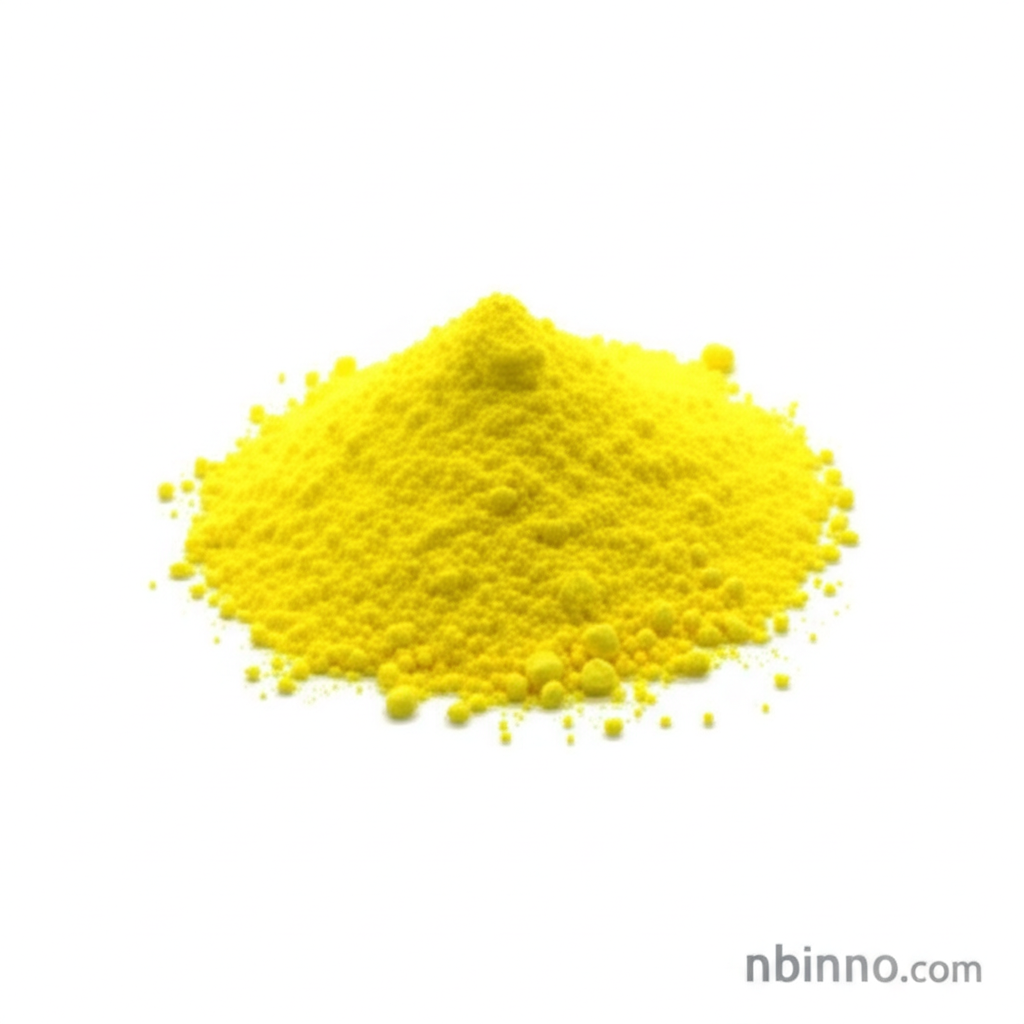Azobenzene-4,4'-dicarboxylic Acid: A Versatile Intermediate for Advanced Materials and Chemical Synthesis
Explore the unique properties and diverse applications of this key photoresponsive organic molecule.
Get a Quote & SampleProduct Core Value

Azobenzene-4,4'-dicarboxylic Acid
Azobenzene-4,4'-dicarboxylic Acid is a crucial organic intermediate, distinguished by its photoresponsive azobenzene core functionalized with carboxylic acid groups. This structure allows for reversible trans-cis isomerization upon exposure to UV or visible light, making it a highly adaptable building block for advanced materials and chemical synthesis. Its dual functionality enables the creation of complex structures with tunable properties.
- Leverage azobenzene-4,4'-dicarboxylic acid synthesis for novel MOF architectures with tailored porosity and light-responsive behaviors, crucial for gas adsorption and catalysis.
- Discover the potential of azobenzene-4,4'-dicarboxylic acid applications in creating smart materials that dynamically respond to external stimuli like light.
- Utilize the azobenzene-4,4'-dicarboxylic acid photochromic properties for developing advanced electrochromic devices and photochromic systems.
- Enhance your research with high-purity azobenzene-4,4'-dicarboxylic acid, ensuring reliable performance in demanding chemical synthesis and material science projects.
Key Advantages
Photo-Switchable Functionality
The inherent photoisomerization of the azobenzene unit allows for light-induced property changes, making it ideal for stimuli-responsive materials and advanced applications.
Versatile Linker for MOFs
The carboxylic acid groups facilitate coordination with metal ions, enabling the construction of porous Metal-Organic Frameworks (MOFs) with tunable pore sizes and chemical functionalities.
Broad Application Spectrum
Its unique structure supports applications ranging from catalysis and gas adsorption to drug delivery systems and electrochromic devices, driven by its key azobenzene-4,4'-dicarboxylic acid applications.
Key Applications
Material Science (MOFs/COFs)
As a ditopic linker, it is fundamental in the synthesis of Metal-Organic Frameworks (MOFs), offering controllable porosity and host-guest properties for applications like selective adsorption and catalysis.
Smart and Responsive Materials
Its photochromic nature is exploited to create materials that change properties (e.g., color, shape) upon light irradiation, vital for sensors and advanced displays.
Environmental Remediation
MOFs synthesized using this compound show efficacy in adsorbing pollutants and dyes from wastewater, contributing to greener environmental solutions.
Electrochemistry and Photonics
Derivatives are explored for electrochromic devices, offering color switching capabilities with potential in smart windows and electronic paper technologies.
